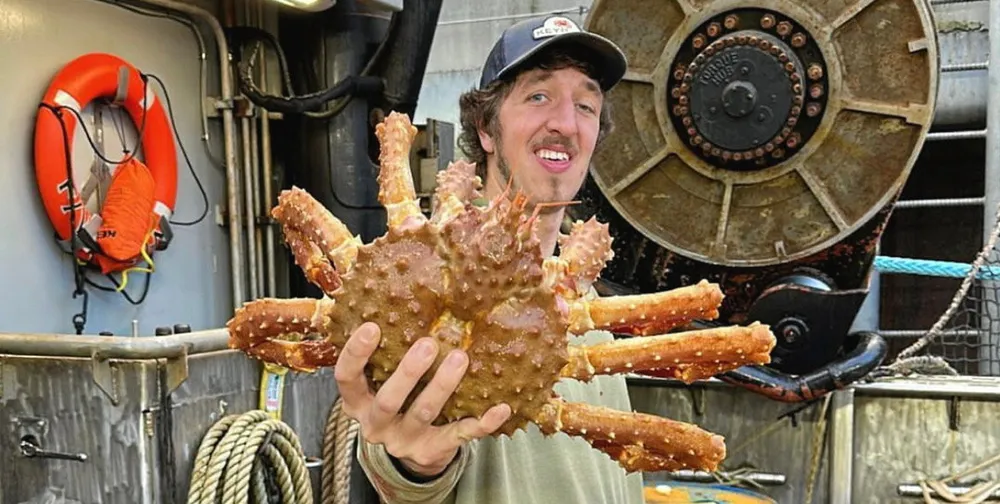Could this be a solution to Alaska's crab woes? This company and its 'Deadliest Catch' captains think so
Retailers and restaurants have found this species to be a good substitute for red king crab amid declining quotas and rising prices, one executive said.
